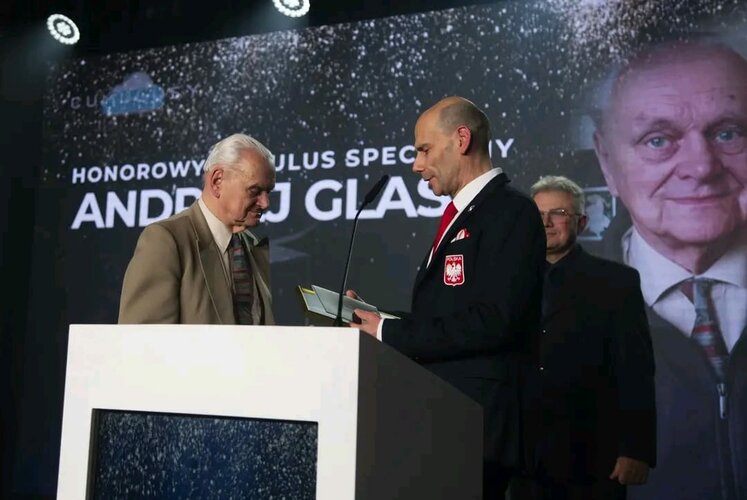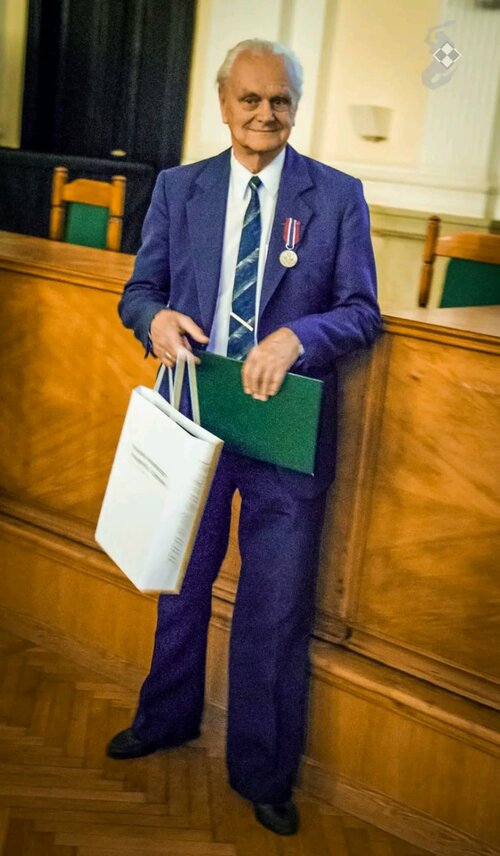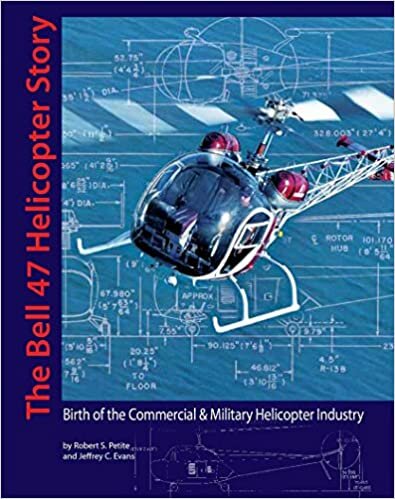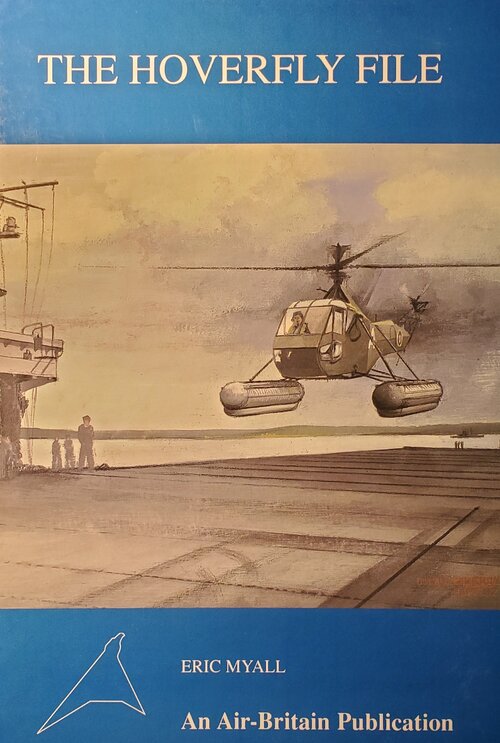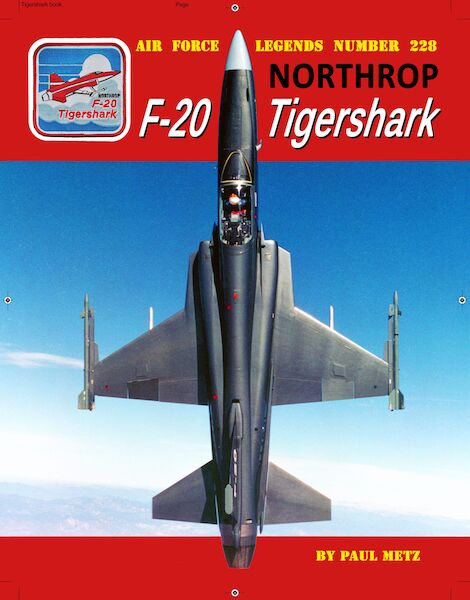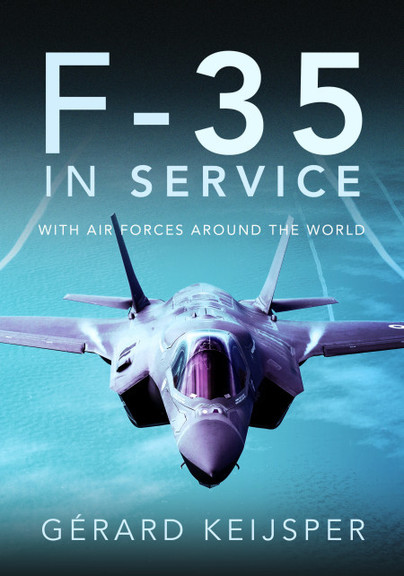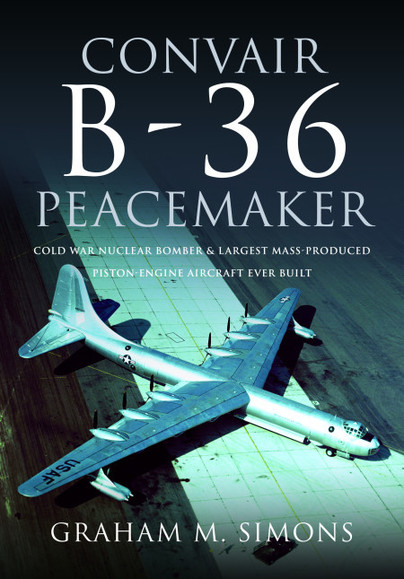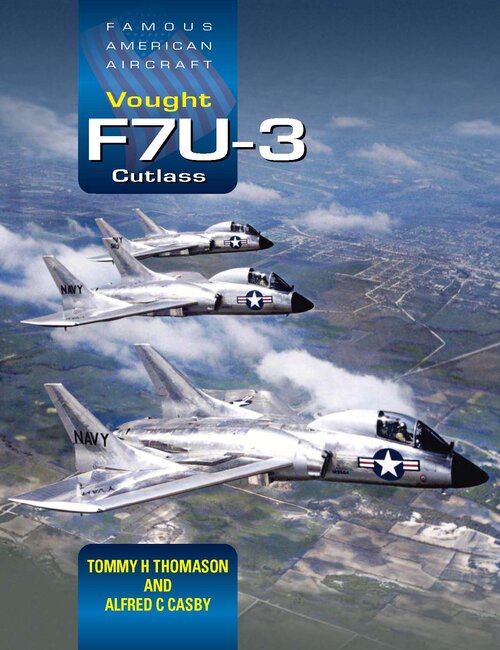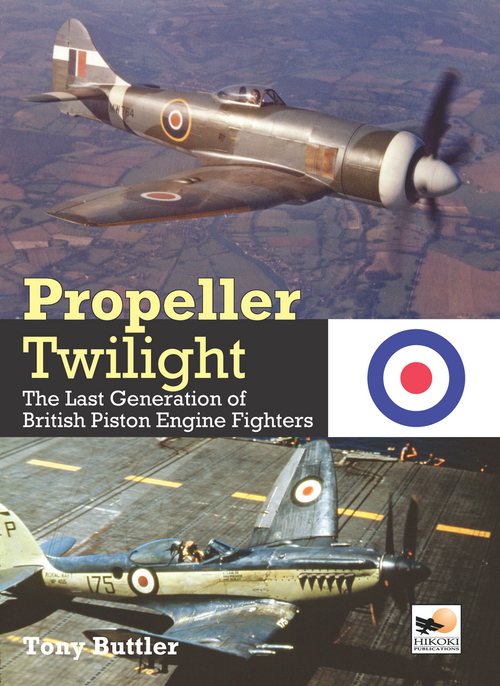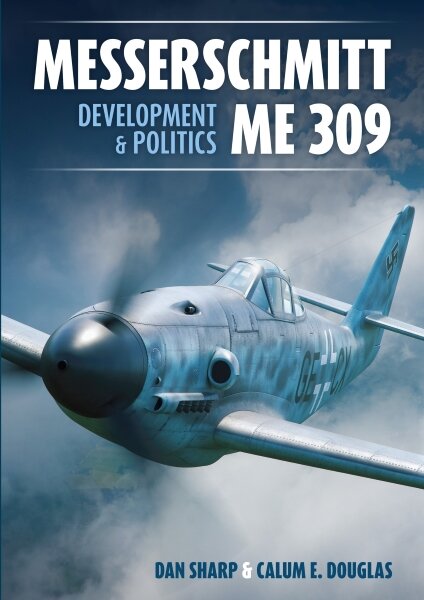AVAILABLE OCTOBER 2023
If it can be said that adversity generates creativity, then the story of the Heinkel He 162
jet fighter is testimony to such a precept. From the summer of 1944, the adversity
facing the leadership of the Third Reich was formidable. Ironically however, the very
existence of such adversity prompted many inventive and radical designs for the
prosecution of the air defence of the Reich on a determined and even manic scale.
In the closing months of the war, at a time the Allies had assumed that they had
mastered the Luftwaffe jet menace, the combined efforts of a leading German aircraft
manufacturer – Ernst Heinkel AG – and a small team of dedicated civilian and military
specialists achieved an almost unbelievable feat: the production of a new, jet‐powered
interceptor from concept, through development and testing, to operational readiness in
just six months. The accomplishment of the so‐called Volksjäger (the `People’s Fighter’)
project was – and still is – regarded as a `miracle of production'.
Created in desperation by the Nazi leadership in mid‐1944, it was foreseen that
hundreds of mass‐produced, cheap‐to‐build He 162 Volksjäger, flown by hurriedly
trained young pilots using a combination of technology and fanaticism, would defend
the skies over Germany against massive formations of Allied heavy bombers and their
fighter escorts.
In this extensively researched book, aviation historians Robert Forsyth and Eddie J
Creek, draw, for the first time, on previously unused Heinkel company papers to offer a
unique insight into the workings of the Nazi production system in the late‐war period,
as well as other German and Allied documents. Their work is supported by many rare
photographs and accompanied by line drawings and facsimile documents as well as
highly detailed colour artwork by He 162 specialist, Simon Schatz.
This book portrays the whole history of the so‐called Volksjäger project, from its
inception in September 1944 (with the competing Arado, Blohm und Voss and Focke‐
Wulf projects), through Heinkel's extraordinary manufacturing and aeronautical
achievements – often at a considerable human cost – between October 1944 and
February 1945, to the aircraft's operational deployment with Jagdgeschwader 1 and the
planned variants and weapons systems as well as British, American and French testing
of the machine in the late 1940s.
This is the most comprehensive history of this fascinating aircraft to be published in the English language and is a natural accompaniment to the other detailed German aircraft
monographs published by Classic Publications. It will form an essential reference work
to all those interested in the airpower of the Second World War.
PRODUCT DESCRIPTION
ISBN: 9781800352995
Binding: Hardback
Dimensions: 303mm x 226mm
Photos/Illus: Over 350 images


